Affiliate Disclosure: This article may contain affiliate links. If you purchase through these links, we may earn a commission at no additional cost to you. This helps support our website and allows us to continue providing valuable content. Thank you for your support!
Eggs has always been an ultimate food choice for breakfast recommended by nutrition experts. Cooking them is fast, easy and you don’t need to be a cooking expert to get the most of the quality nutrition.
Scrambled eggs is favored as a go to food by many in their breakfast. If you are here to learn how to cook scrambled eggs in stainless steel pan; You are in the right place.
Cooking scrambled eggs is one of the simplest pleasures in the kitchen, but doing it in a stainless steel pan can sometimes feel like an impossible challenge.
If you’ve ever struggled with eggs sticking to the pan or ending up with a dry mess, you’re not alone.
The good news? With the right technique, you can achieve perfectly fluffy scrambled eggs without the frustration.
Plus, cooking in stainless steel has its perks: durability, even heat distribution, and no worries about toxic non-stick coatings.

Table of Contents
ToggleHow To Cook Scrambled Eggs In Stainless Steel Pan
Ingredients:
Eggs: 3 large eggs (adjust based on serving size)
Milk/Cream/Water: 1 tablespoon (optional, for creaminess)
Butter/Oil/Fat: 1 teaspoon (unsalted butter recommended for flavor)
Salt and Pepper: To taste
Equipment Needed:
Stainless steel pan (preferably 8-10 inches for 3 eggs)
Whisk or fork
Spatula (silicone, wooden, or metal with rounded edges)
Mixing bowl
Step-by-Step Instructions for cooking Scrambled Eggs:
1. Preheat the Pan: Preheating is the secret to preventing eggs from sticking. Place the stainless steel pan over medium heat and let it warm up for 2-3 minutes. Test by flicking a drop of water into the pan – If it forms a bead and skitters across the surface, your pan is ready.
2. Add Fat: Reduce the heat to low-medium and add a teaspoon of butter, ghee or cooking oil of your choice. Swirl it around so it evenly coats the surface. This creates a protective barrier between the eggs and the pan.
3. Prepare the Eggs: In a bowl, whisk the eggs vigorously until the yolks and whites are fully combined. If you’re adding milk, cream, or water, mix it in now. Whisking adds air, which helps create fluffy eggs.
Related Post: How to Cook Eggs Without Oil?

4. Cook the Eggs: Pour the eggs into the pan and let them sit for about 30 seconds without stirring. As the edges begin to set, use your spatula to gently push the cooked eggs towards the center, allowing the uncooked portions to spread out.
5. Stir and Fold: For creamy scrambled eggs, stir gently and continuously. For larger curds, fold the eggs over themselves occasionally. Adjust the heat if needed to avoid overcooking.
6. Remove from Heat: When the eggs are about 90% cooked (still slightly runny), remove the pan from the heat. The residual heat will finish cooking them to perfection. Overcooking leads to dry, rubbery eggs, so trust the process!

Seasoning recommendations for scrambled eggs
Classic Seasonings:
Salt and Pepper: Add salt after whisking or during cooking. Adding salt too early can make the eggs watery.
Herbs:
Fresh chives, parsley, or dill add a burst of flavor and freshness.
Spices:
Paprika or cayenne pepper for a hint of heat.
Other Flavorings:
Hot sauce, nutritional yeast, or grated cheese (add cheese at the end for the best texture).
For a gourmet twist, try combining chives with a touch of truffle oil or a sprinkle of smoked paprika.

Related Post: How The Foods You Eat Affect Your Mental Health
Best vegetables to add to scrambled eggs
Onions, Peppers, Mushrooms:
Sauté these in the pan with a little oil before adding the eggs. They need extra cooking time to soften and release their flavors.
Spinach and Kale:
Add them raw to the pan just before the eggs. They wilt quickly and blend beautifully.
Tomatoes:
Dice and add them after cooking the eggs to avoid watery eggs. Cherry tomatoes work great for a burst of sweetness.

What is the Best Temperature to Cook Scrambled Eggs?
When you are cooking scrambled eggs, patience is key. Low heat and slow stirring is the golden rule for soft, creamy eggs. Stainless steel pans conduct heat efficiently, so keep the heat at low to medium levels:
Low Heat (200-250°F): Perfect for creamy eggs with small curds.
Medium-Low Heat (250-300°F): Ideal for larger, fluffier curds.
High heat can cause the eggs to stick and turn rubbery. Always control the heat and adjust as needed.
Can You Cook Scrambled Eggs Without Oil?
Yes, You can cook scrambled without oil.
You even don’t need other fats such as butter or ghee. Oil-free scrambled eggs requires only water, but it does need you to know how to cook eggs without oil.
Cooking scrambled eggs using water only reduces the extra calories of the fat of cooking oil. And it is considered healthier for people with high lipid profiles and high cholesterol issues.
How to prevent scrambled eggs from sticking to stainless steel pan?
If you new to cooking, you might find a very frustating problem; which is that you got your eggs stick to the stainless steel pan. While this is not any serious problem, but caused due to less cooking experience. I recommend my personal cooking hacks for this:
1. Preheat Properly: If you have ever watched a Master Chef cooking show, you might have saw that the chef preheat their pan first; this step is crucial.
2. Use Enough Fat: Add a thin and even coating of butter, oil or ghee of your favourite brand.
3. Don’t Overcrowd the Pan: Too many eggs at once can lower the temperature and cause sticking.
4. Control the Heat: Low to medium heat ensures the eggs cook gently and don’t bond with the pan.
Cleaning Your Stainless Steel Pan After Cooking Eggs
Cleaning the stainless steel pan or any utensil, after you have cooked your scrambled egg is really a mess. As the leftover part is not easily removed just by washing the pan. Here are some tips that i personally use to clean my stainless steel pan and make it just like a brand new every time:
1. Let the pan cool slightly before cleaning.
2. Use warm, soapy water and a scrub daddy sponge to remove residue.
3. For stubborn bits, fill the pan with water, bring it to a boil, and gently scrape with a wooden or silicone tool.
5. Avoid abrasive scrubbers to maintain the pan’s surface.
Which Kind of Spatula is Better for Scrambling Eggs: Wood or Metal?
Metal Spatulas:
Pros: Durable and effective for scraping.
Cons: Can scratch the pan if not careful. Use silicone-tipped or rounded edges for safety.
Wooden Spatulas:
Pros: Gentle on the pan and aesthetically pleasing.
Cons: Absorbs flavors and can harbor bacteria if not cleaned well.
Recommendation:
Silicone spatulas offer the best of both worlds: gentle on the pan, heat-resistant, and easy to clean.

Conclusion
There you have your answer for — How to cook scrambled eggs in stainless steel pan.
The process that I have explained in this blog post about making scrambled eggs is very easy to follow.
This is very informational for individuals who are students or people who are learning to cook. If you are learning to cook for the first time, making scrambled eggs is a great choice, as it will help you with your daily meals.
If you this blog post meaningful and helpfull do share it with you friends, family and especially who are new learners.
Related Post: 19 Foods That Will Never Make You Fat
Frequently Asked Questions
Can you make scrambled eggs in the microwave?
Yes, but they can overcook quickly and lack the creamy texture of pan-cooked eggs.
What are the risks of cooking eggs in non-stick pans on high heat?
High heat can damage the coating and release harmful chemicals. Stainless steel avoids this risk.
Is the age of eggs important when making scrambled eggs?
Yes. Fresher eggs have thicker whites, resulting in a creamier texture.
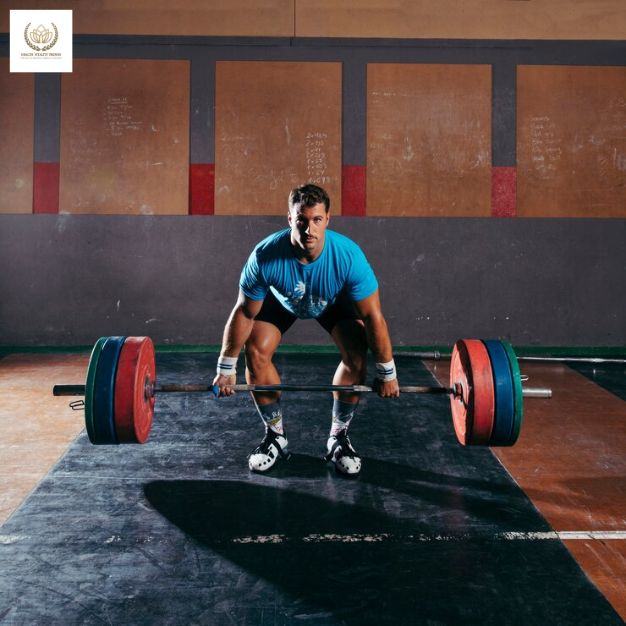
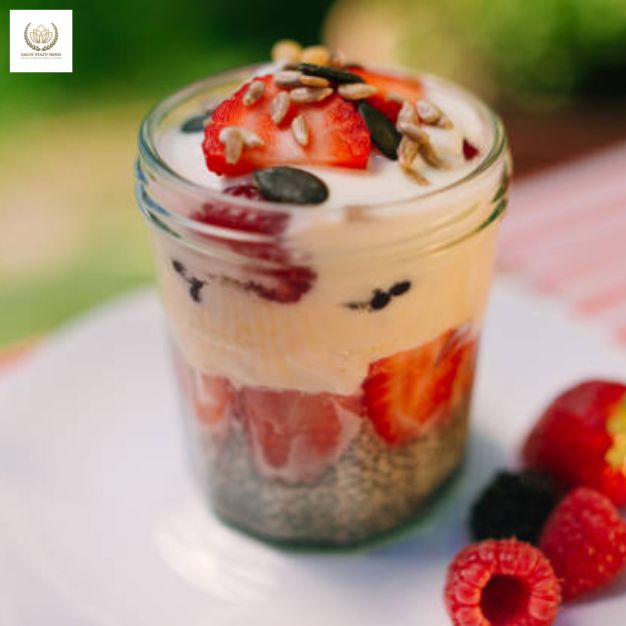
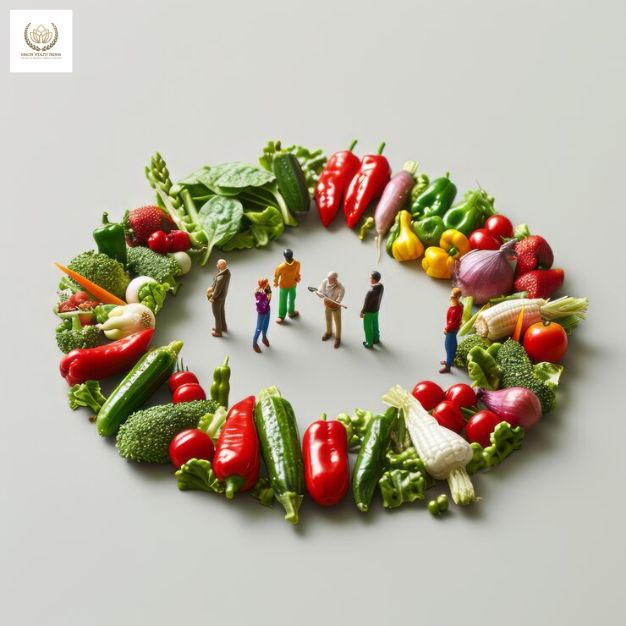
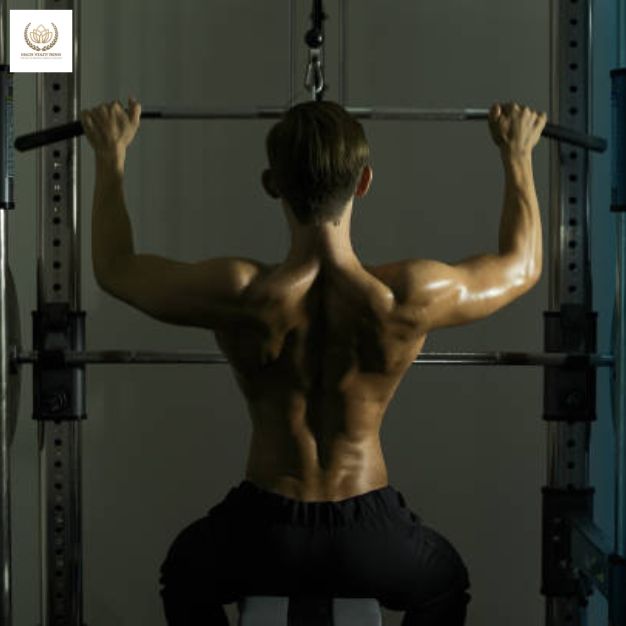

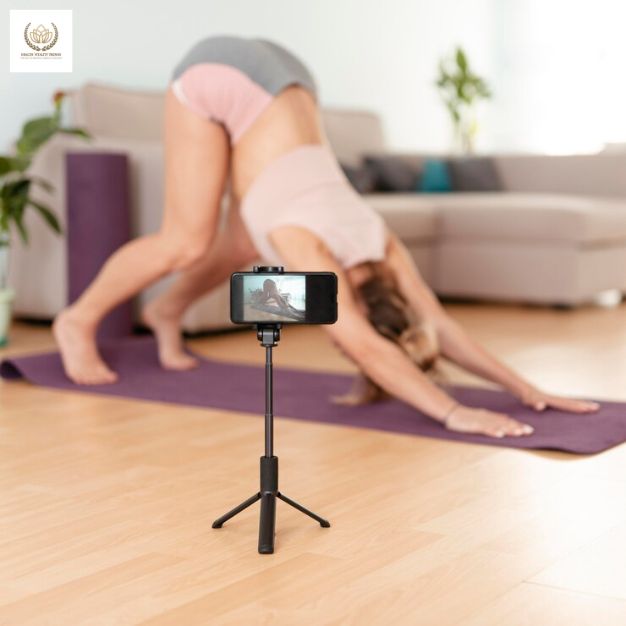

Leave a Reply